
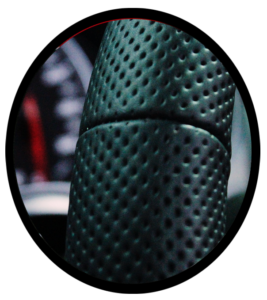
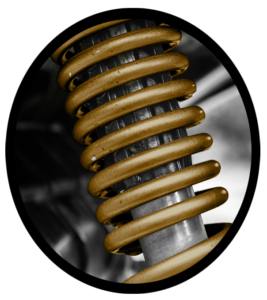
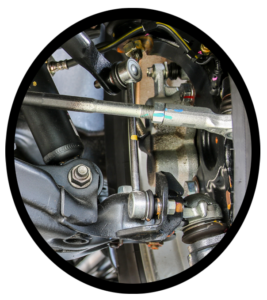
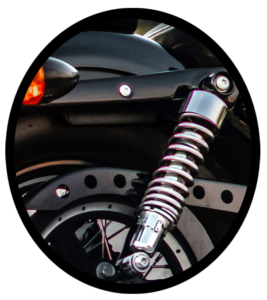
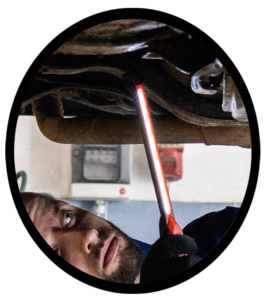
 CERTIFIED Mechanics
CERTIFIED Mechanics 
CERTIFIED Mechanics
Suspension & Steering Services
For your next auto steering and suspension service repair, call the Ohio Autocare Service Shop near you. Our trained and certified auto mechanics have extensive experience with virtually all makes and models of cars, trucks, minivans, commercial fleet vehicles and more.
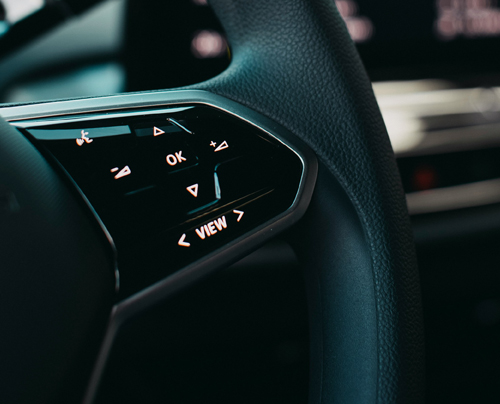
Power Steering Repair & Replacement
Common symptoms of degrading steering components include shaking in the steering wheel, the car pulling to one side while driving, or any squeaking or grinding noises can be indicative of a failing steering system.
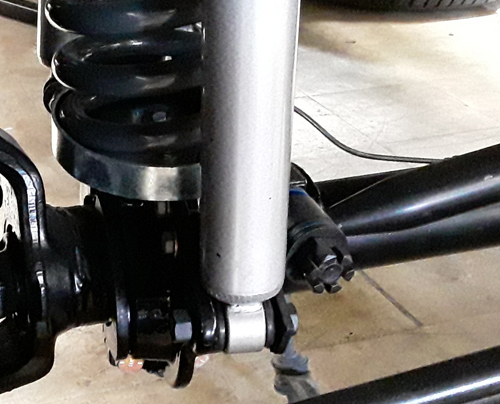
Suspension System Repair & Replacement
While the steering system provides direction control, its connected with the suspension system of your vehicle which provides a smoother ride, but also properly distributes the vehicle weight to safely stabilize the vehicle while driving.
Suspension & Steering Services
For Auto Suspension & Steering Service and Repair for your family or fleet vehicle, Call the Ohio Autocare near you, or click the auto shop below for our convenient online scheduling app.
